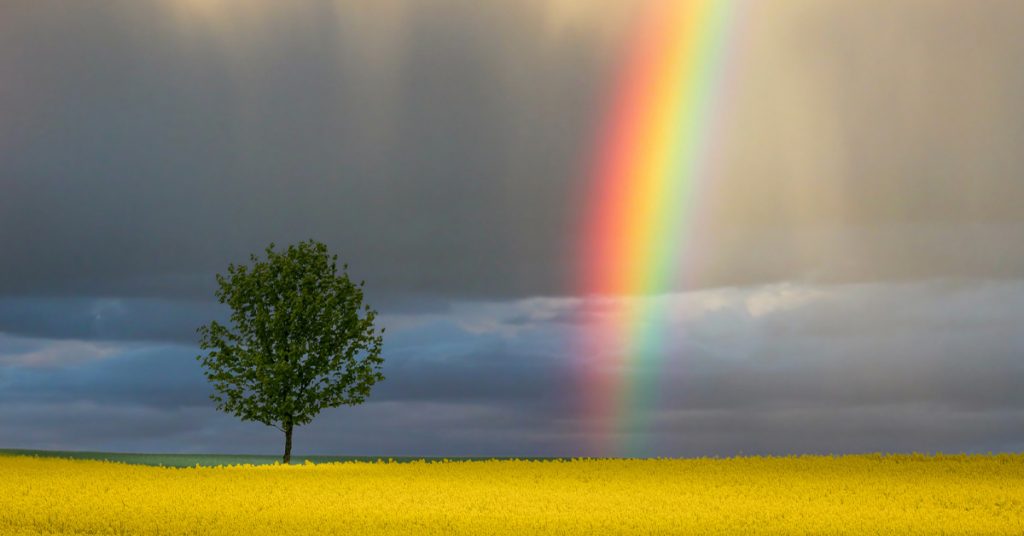Weather, pollen and allergies
Pollen is one of the most common allergens in the United States. At certain times of the year, it’s easy to spot pollen as the very fine powder coming from certain trees, grasses, flowers, and weeds. Its role is to help to fertilize plants of the same species. However, for millions, pollen is the cause of sneezing, stuffy nose, and watery eyes.
When individuals with allergies to pollen breathe in the power, the immune system automatically tries to defend against the pollen in much the same way that it does with viruses or bacteria. The chemicals produced to battle the pollen, called histamines, bring on a range of allergic symptoms.
Pollen count
A pollen count is a measurement of how much pollen is in the air. You’ll often see this reported during pollen season on local weather forecasts. You can monitor pollen counts at any time by visiting the National Allergy Bureau. The service reports on allergens from trees, weeds, grasses, and molds. In Minnesota this time of year, most pollens come from weeds, including a common allergy culprit, ragweed.
Weather and pollen
Weather plays an enormous role in how much pollen is produced, how it’s distributed, and how much pollen is in the air.
Good for allergies
- Rainy or windless days prevent from circulating as much
- Dry conditions and drought during the growing season typically slow growth of trees and plants meaning less pollens are produced
- A sudden drop or even a freeze in temperatures can halt pollen production
Bad for allergies
- Warm, dry and windy weather enable pollens to travel easily
- Mild winters can mean an early start to the allergy season with earlier onset of pollination of trees and plants.
- Mild conditions in the spring lead to higher pollen counts earlier in the season
- A wet growing season, with rain aiding the growth of pollen-producing grass, plants and trees, leads to more pollen
- Warm air and higher temperatures will produce an increase in pollen counts
Avoiding pollen
As with other allergies, the best treatment is to avoid the allergen altogether. However, pollen is very difficult to avoid. You may be able to minimize your exposure to pollen by:
- Staying indoors on dry, windy days
- Having others take care of any gardening or yard work during peak seasons
- Wearing a dust mask when pollen counts are high (check the internet or the weather section of the local newspaper)
- Closing doors and windows when pollen counts are high
Tired of suffering from pollen allergies? Schedule an appointment to talk about your options.

